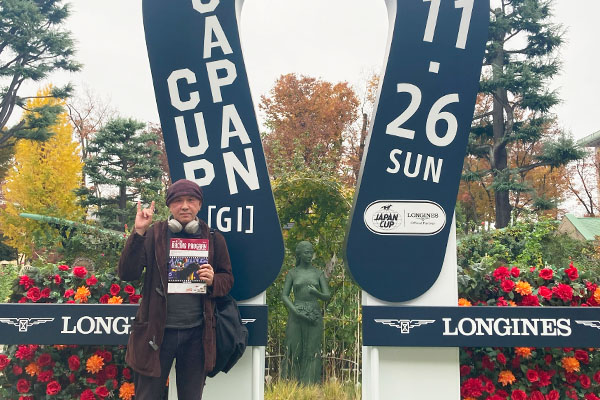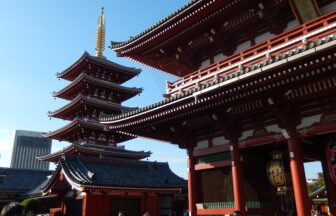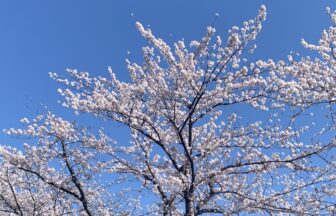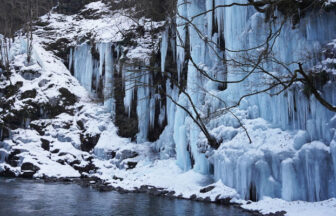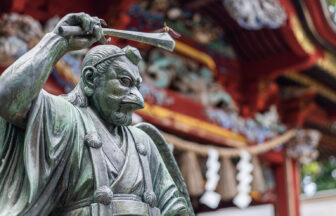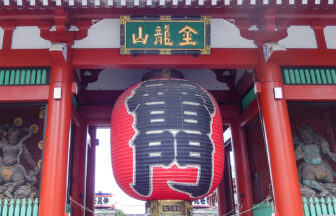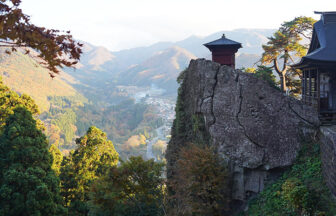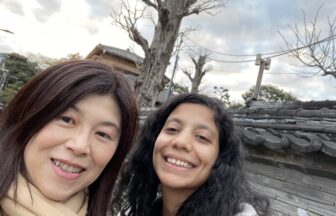“Uma Musume” is an abbreviation for “Uma Musume Pretty Derby,” a media mix content centered on smartphone game apps and PC games. This is a training simulation game where you train “Uma Musume”, a character that is an anthropomorphic thoroughbred, and aim to win the race.
All names of Uma Musume (the names of racehorses that serve as motifs) have been used with the permission of their horse owners. In particular, the degree of construction for the race is incredible, and you can tell that they pay close attention to detail, from the race uniforms to the introduction of the runners to the live commentary of the race.
You can feel the developer’s love for horse racing, and even long-time horse racing fans will fall in love with this work. Naturally, the racecourses that appear in the work are based on real-life ones. Some collaborative events between “Uma Musume” and the horse racing industry have been held.
It has been a long time since thoroughbreds trained in Japan have achieved results in big races around the world. It’s not uncommon for them to make large expeditions to Dubai, Hong Kong, Saudi Arabia, and the United States, and they will be seen as a threat to the camps of other countries. Therefore, we are proud of the performance by Japanese racehorses outside of our country.
However, I am convinced that the enthusiastic atmosphere of racecourses at championships such as Japanese Derby, Japan Cup and Arima Kinen is unrivaled by other countries. Why don’t you make a “pilgrimage to a major racecourse” to enjoy a big race held in Tokyo or neighboring Chiba Prefecture with me, who has been a horse racing fan for more than 30 years?
Model Plan
- 10:45 Meet at Shinjuku Station
- Move to Fuchu by train
- Visit Okunitama Shrine on foot
- Move to Tokyo Racecourse on foot
- Take good cheap eats at the racecourse
- Time of betting has come
- Walk to Fuchu Keiba Seimon Mae Station
- 16:45 Dismiss at the Station
Transportation: JR, Keio Line
I introduce Japan’s largest racecourse in Fuchu City, Tokyo. Major races such as the Oaks, Japanese Derby, Emperor’s Prize Autumn and Japan Cup are held here at Tokyo Racecourse. Okunitama Shrine, where you stop to pray for the winning of your horse racing tickets, is a venerable shrine with a history of 1900 years that enshrines the guardian deity of Former Musashi Province.
There are other racecourses in the Tokyo metropolitan area, such as Nakayama Racecourse and Oi Racecourse. In the former, the Arima Kinen, which is a tradition at the end of the year, is held, and in the latter, which is located on the shores of Tokyo Bay, big races are held as night races depending on the time of year. I guarantee that you will be able to experience a different kind of excitement than at Tokyo Racecourse.
Major Destinations or Activities
The anime-related term “pilgrimage to sacred places” was originally a slang term among fans, so it’s difficult to define where it originated. Especially in the 21st century, location scouting is often used for anime production in Japan, and the degree of realism of the scenery increases.
For example, in the work “Lucky Star”, which was modeled on Washinomiya City, Saitama Prefecture, Washinomiya Shrine appeared as the main setting, and anime fans began to visit it in droves. The local chamber of commerce negotiated with the production committee to begin producing goods, making this an example of the active crossover between anime and tourism.
The slopes and stairs in the 2016 blockbuster “Your Name” have become a hot topic, and since then even overseas anime fans have started visiting places that appear to be the setting. In addition, it may be said that this year, when “pilgrimage to sacred places” was nominated for the New Word/Buzzword Award, “pilgrimage to sacred places” became recognized by the general public.
In the case of live-action movies, the filming location is all about confirming that reality. On the other hand, since anime is fictional, you can expect to experience a more romantic mood by adding the fun of finding anime scenery in real life.
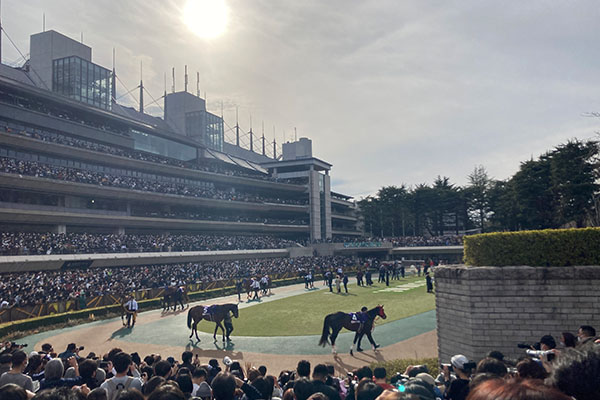
Tokyo Racecourse
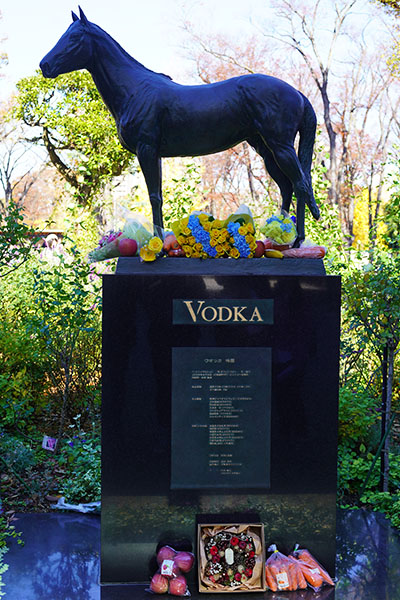
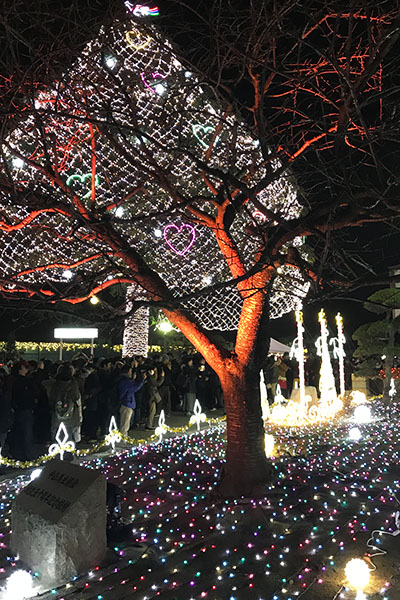
Nakayama Racecourse
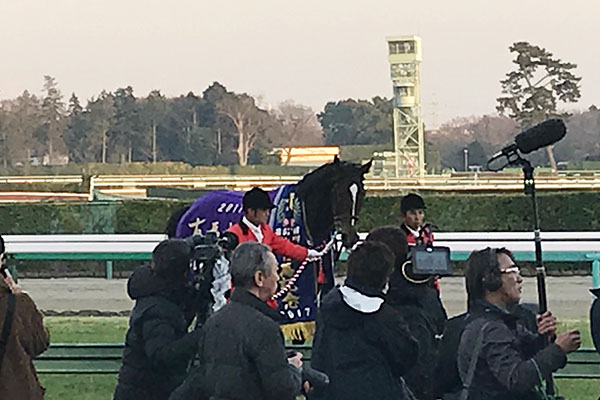
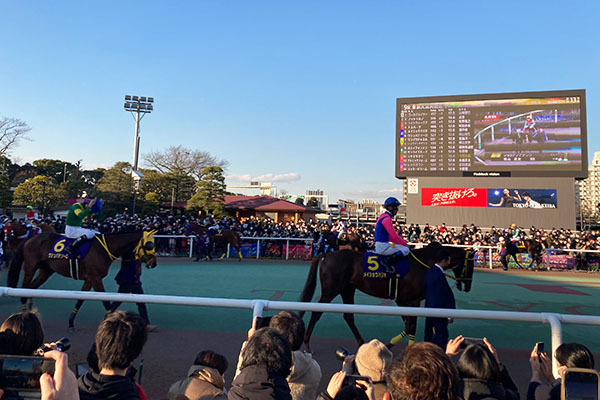
Oi Racecourse
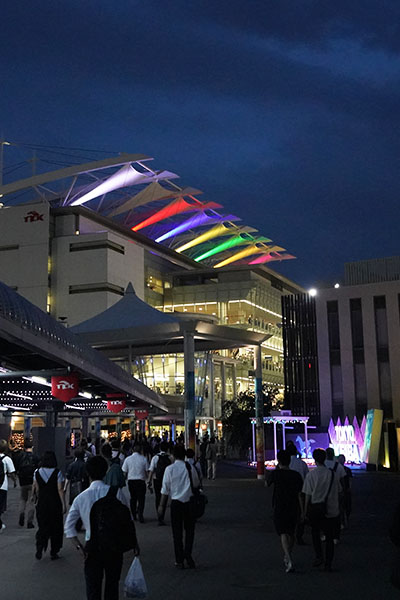
Important Information about the Guided Tour
Language: English
Number of guests: up to 4
Meeting place: Shinjuku Station
Dismissing place: Fuchu Keiba Seimon Mae Station
Serving hours by the guide: 6 hours
Price
(1~2 persons) 24,000 JPY
(3~4 persons) 30,000 JPY
< Including >
6-hour Guiding fee (tax inclusive)
< Not including >
Transportation expenses during the guided tour (you and the guide)
Admission fee (you and the guide)
Lunch (you and the guide)
Contract Type: Custom-ordered
Before you apply for this guided tour, please read the following information.
Others:
(1) We walk several km in a day. Shoes which fit walking are strongly recommended.
(2) Even if it rains, the tour will be carried out. But, if it is a very heavy rain, itineraries will change through discussion for your consent.
(3) If you want to check the guide’s availability, please click this for his calendar.
Guide: Yuki Takano
If you become interested in the guided tour, please feel free to contact the guide. He’s willing to listen to your request to customize the plan if you would like to change the number of guests, the meeting and/or dismissing place(s), the serving hours, mentioned above, etc.

